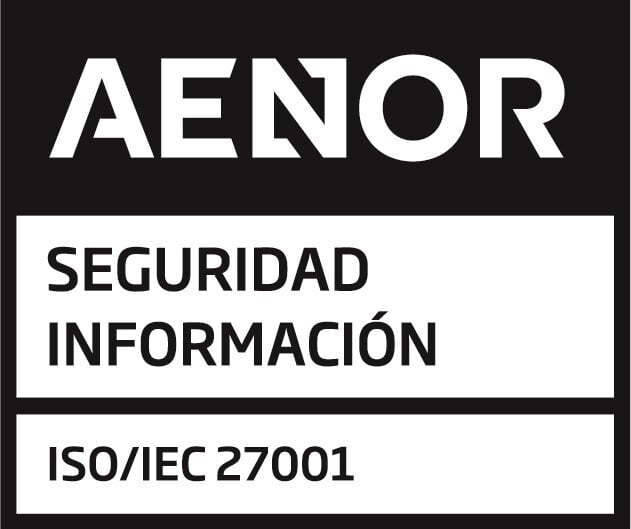In the upcoming decades, we will witness global energy consumption increase manifold. The US Energy Information Administration (EIA) forecasts that this consumption will increase by 50% by 2050. Elementary and on the good part, access to affordable energy goes hand in hand with higher standards of living. That’s why the world needs innovative solutions in renewable energy, which will lead global energy change.
But many people around the globe cannot access basic energy elements. Climate change is another monumental challenge that is bound to affect many aspects of human life. Out of this complexity of issues, there is an urgent need for energy innovations, especially in the renewable energy field.
We will briefly discuss the leading innovations in this area.
Engrgy Generation on Water
The primary nature of energy is indisputable. Vehicles run on energy, buildings lighting depends on it, hospital equipment needs uninterrupted supply… the list is endless. There is an urgency to remodel the energy system, which has consequently generated pressure for renewable energy technologies to develop and deploy much faster.
Based on this state of affairs, several innovative solutions in renewable energy have emerged, a perfect example being the generation of energy on water:
On Sept. 30, 1882, a Wisconsin hydroelectric power plant generated power and managed to illuminate a couple of buildings in the vicinity. This marked the start of this technology that is one of the most popular for clean energy globally.
Still, energy generation with water is yet to reach its full potential. Today people are developing innovative solutions in renewable energy on the water in a bid to maximize this resource.
Tidal energy has immense potential if the barriers to this technology can be overcome. As long as the high and low tides have a difference of 16 feet, this renewable energy can be reliable. There are some other complex challenges, the cost aspect being the most significant. Installations can also be limited by geography and environmental concerns. Despite this, experts are developing innovative solutions related to a reduction of biofouling, minimization of environmental effects, and energy efficiency improvement.
Wave energy is also an innovative way of generating renewable energy on water. Scientists are still developing this technology for improved cost-effectiveness, safety, and reliability.
New Measurement Technologies
The natural conditions of the outdoors are the hallmark of renewable energy systems. Temperature, water precipitation, airflow, pressure, and solar radiation are some of the elements that define the longevity and efficiency of these systems. Perpetual monitoring is a requirement of RE systems to not only optimize performance but also prevent failures/damages.
In the wind industry, new measurement techniques have emerged to promote research & development. Innovations in the industry are happening rapidly. A good example of an innovative solution is the Light Detection and Ranging (LiDAR) technique that is based on laser technology for wind speed measurement.
The solar energy industry is equally advancing its measurement techniques to increase the reliability of this resource. The Pyrheliometer and Pyranometer are effective measurement devices for solar radiation. Innovations in this area continue to emerge in solar radiation measurement, especially to increase the reliability and quality of measurements.
Big Data Applied to Renewable Energy
The growth projections of RE are clear, but it is important to recognize that there are factors that make scalability challenging. Smart forecasting of renewable energy resources is crucial if industries are to optimize these resources.
The big impact of big data solutions in the solar and wind energy industry is widely documented. These energy resources can be unpredictable. Historically, it has been difficult to answer fundamental questions, for instance, the amount of energy a solar panel is likely to generate on a particular day.
Big data has been an answer to such queries in a significant way. Machine learning coupled with predictive analysis and weather data has ushered in an era where renewable energy can be part of the grid more consistently and reliably. With the arrival of the wonderful predicting technology, the link to extensive acceptance of renewables such as solar may have arrived.
Most countries feature unpredictable weather conditions, a situation that calls for innovation in the form of big data and machine learning. The revolutionary potential of big data on renewable energy is huge, especially in predictive analysis. The umbrella energy sector already relies heavily on predictive analysis, but there is an urgent requirement for an upgrade of this solution to save energy, reduce costs, and enhance user experience.
Cloud-Based Software
In the face of the emerging challenges for the energy sector, the renewable energy space can respond through innovation characterized by the cloud. The arrival of digital technologies has made it possible for renewable energy asset owners to integrate different functionalities of their businesses using complex platforms.
With the cloud-based software from leading providers such as QBI Solutions, renewable energy projects can be integrated into one platform, even as they scale geographically and technologically. Some of the achievements from such innovative solutions in renewable energy are:
- Real-time performance monitoring
- Improved collaboration across teams
- Better scalability
Conclusion
As the renewable energy industry grows, owners need to wake up to the fact that there exist several innovative solutions that can propel the industry. Integrating advanced software solutions, modern measurement techniques and all the other solutions can go a long in enhancing renewable energy businesses. In this era, there is no better way of optimizing productivity and savings, while addressing modern business complexities.
